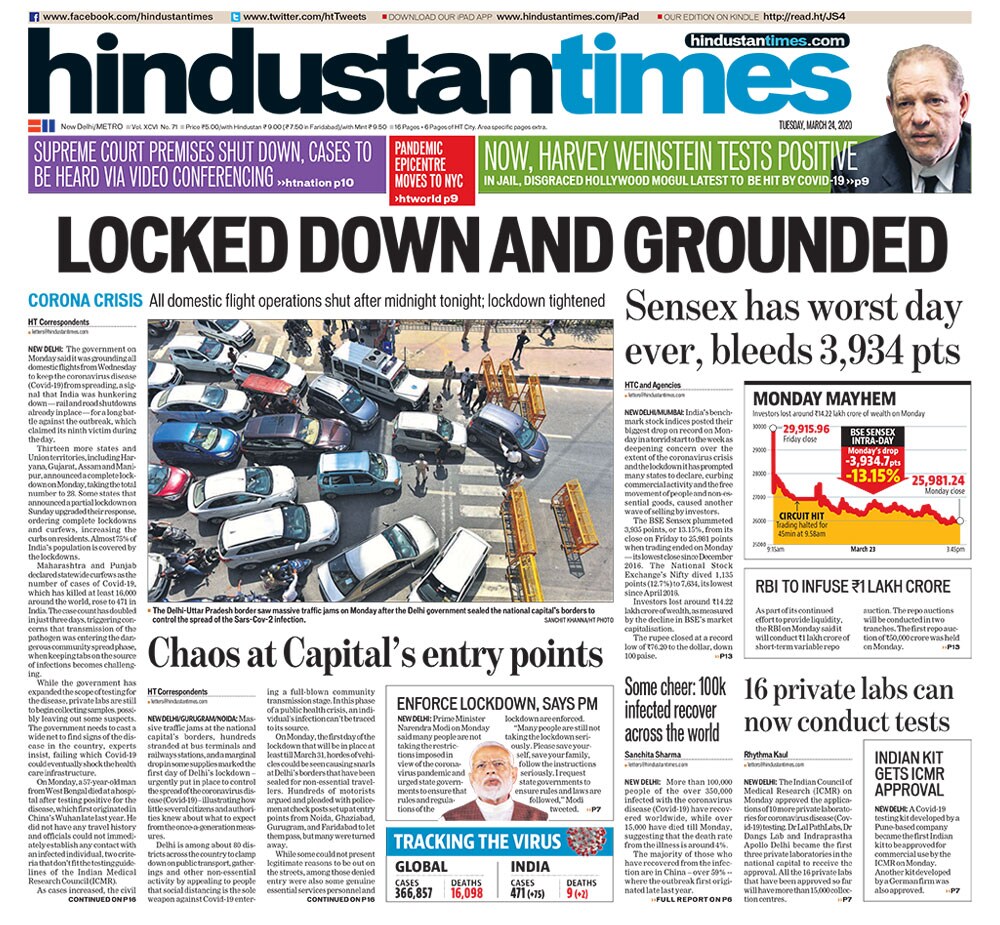

is too large a geographic polity to talk about a single country-wide lockdown. Therefore, however the case numbers increase, a second lockdown will likely reflect the patchwork response of the first lockdown, only even more so.
#Total lockdown usa series
In addition, responses from state to state or even city to city would be uneven.Įxperts say the first series of lockdowns and stay-at-home orders may have prevented as many as 60 million cases of COVID-19, as well as thousands of deaths from occurring in the United States.īut the United States was never under a national stay-at-home decree and some states, such as South Dakota, never issued statewide guidance on quarantines, gatherings of certain numbers of people, or other public health recommendations made by the Centers for Disease Control and Prevention. Put together, that makes another lockdown similar to what happened in spring unlikely. government needs to bail out the masses (middle class, small business, and those experiencing economic hardship) with funds during this economic and medical crisis.” He continued, “Lives and livelihoods are being lost and the government has not been able to agree on the fundamentals that science does not equal politics, masks save lives, racial disparities exist and are a public health emergency, and that the U.S. “America does not have the willpower or the leadership to withstand another shutdown or more economic devastation.” “I don’t believe there will be a second lockdown,” he told Healthline. Fagbuyi, an emergency physician in Washington, D.C., and Obama administration biodefense and public health advisor, was more blunt in his assessment. “That said, there does not seem to be any appetite from governors, the administration, or Congress to encourage a second wave of stay-at-home orders if we can continue to take alternate measures to curb the spread, such as encouraging mask wearing, social distancing, and other public health actions,” Meade said.ĭr. Protecting the ability of our hospitals to handle viral surges was a major component of many stay-at-home orders,” Heather Meade, a healthcare policy advisor and principal Washington Council for Ernst and Young, told Healthline. “It is not really a political calculation. The current national rolling average of COVID-19 cases is more than 40,000 daily - short of the July peak, but higher than the number of cases during the first lockdowns in spring.Įxperts say the numbers already warrant another lockdown, but circumstances have changed since April in terms of politics, economics, and science. In July, daily COVID-19 cases hit nearly 68,000, according to Johns Hopkins University & Medicine’s Coronavirus Resource Center. In March and April, many states were averaging about 32,000 new COVID-19 cases per day. Anthony Fauci, say the United States is still in its first wave of the pandemic. Meanwhile, experts in the United States, including the National Institute of Allergy and Infectious Diseases director Dr. Visit our coronavirus hub and follow our live updates page for the most recent information on the COVID-19 pandemic.Įurope is in the midst of its second wave of COVID-19 with some countries hitting higher numbers of daily cases than they did during their first wave last spring.


COVID-19: Make It the Last Pandemic (IPPPR, 2021). Independent Panel on Pandemic Preparedness & Response. R., Fowler, A., Glazer, T., Handel-Meyer, S. Meyerowitz-Katz, G., Besançon, L., Flahault, A.


 0 kommentar(er)
0 kommentar(er)
